We are going to skip past our automated overclocking section because we would be highly surprised if anybody will make use of it on a board such as the X99 OC Formula.
Manual CPU Overclocking:
To test the ASRock X99 OC Formula motherboard’s CPU overclocking potential, we first increased the CPU VCore to 1.30V, Cache voltage to 1.25V, and CPU Input Voltage to 2.00V. We also disabled the FIVR power control setting, selected the High BCLK PLL mode, and applied level 1 LLC.
We maintained the DRAM frequency at 2666MHz to take its stability out of the overclocking equation. Cache frequency was maintained at 3.0GHz.
Overclocking in ASRock's logically laid out UEFI is straightforward. We simply adjusted our desired settings and rebooted the system.
We did, however, notice that the System Agent voltage can only be adjusted in an offset fashion. We would prefer full control over the parameter as it can help remove limitations for high memory speeds.
ASRock's X99 OC Formula was able to take our 5960X to its 4.4GHz limit with our applied overclocking settings. This is the same frequency that the MSI X99S Gaming 7 and Asus X99 Deluxe motherboards topped-out at.
When pushing to 4.5GHz with our voltage and power settings, the other boards that we have tested BSOD as soon as Prime95 load is applied. The X99 OC Formula was able to consistently run Prime95 load for approximately 15 minutes at 4.5GHz before finally giving in to a voltage-related BSOD. This speaks for the board's overclocking potential with further fine-tuned tweaking.
Under load conditions, ASRock's power delivery system proved its accuracy by delivering less than 10mV more than our desired 1.30V level. Heavy load saw the CPU VCore jumping as high as 1.308V through our multimeter reading, however ASRock's Formula Drive software was incorrectly displayed 1.32V for the Core 3 voltage.
In all honesty, we expected to see ASRock's X99 OC Formula hit our chip's 4.4GHz limit with ease. The overclocking-geared board is more likely to show performance benefits when pushing higher voltage levels with cooling solutions far superior to our Corsair H100i. Unfortunately we don't have access to LN2 cooling.
Memory Frequency Performance:
Using the L1.16 beta BIOS that we started testing with, our G.Skill Ripjaws4 and Corsair Vengeance LPX memory kits would not boot at their 3GHz XMP settings. The Corsair memory kit also faltered at its 2800MHz XMP profile, which is disappointing. It seems that the X99 OC Formula is badly tuned for the memory kits' XMP setting.
ASRock sent us a later BIOS revision (once we had completed the bulk of our benchmarking) which was suggested to improve memory frequency support.
While the 3000MHz XMP configuration on our G.Skill memory kit was still unable to be loaded, manually dropping the base clock 1MHz below the XMP setting resulted in stability at 2976MHz. ASRock's Formula Drive monitoring software suggests that 1.36V is being delivered to the memory, but we observed the correct 1.35V when read with a multimeter.
In addition to Asus' X99 Deluxe, the X99 OC Formula is the only motherboard that has been able to run our G.Skill memory kit anywhere near its 3GHz rated frequency. That said, Asus' board had no problem working with a 3100MHz memory speed (using a Kingston HyperX Predator DDR4 kit), whereas the X99 OC Formula couldn't push past 2976MHz.
Irrelevant of how simple the base clock adjustment process is, XMP should work without any user input. We hope that further BIOS updates will improve compatibility with high speed memory kits and the XMP configurations (that statement is valid for all of the motherboard vendors).
 KitGuru KitGuru.net – Tech News | Hardware News | Hardware Reviews | IOS | Mobile | Gaming | Graphics Cards
KitGuru KitGuru.net – Tech News | Hardware News | Hardware Reviews | IOS | Mobile | Gaming | Graphics Cards


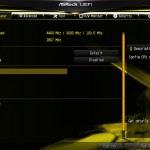
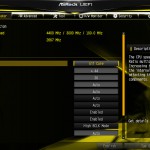
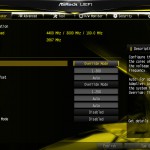
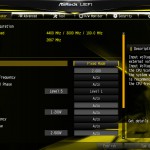
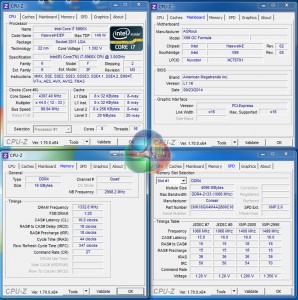
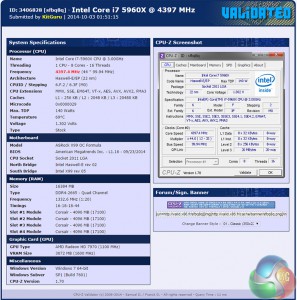
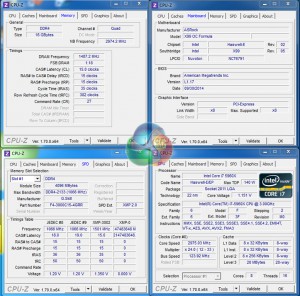
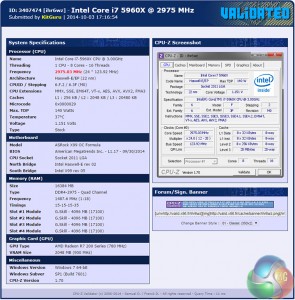

Hey Luke, what attracts me to this board are the 2 x M.2 slots. Unfortunately you cannot run them in hardware Raid 0, but I believe you can software raid them in Windows. The other thing is do you know if the 5 year warranty is available worldwide? Or just the US/Europe?